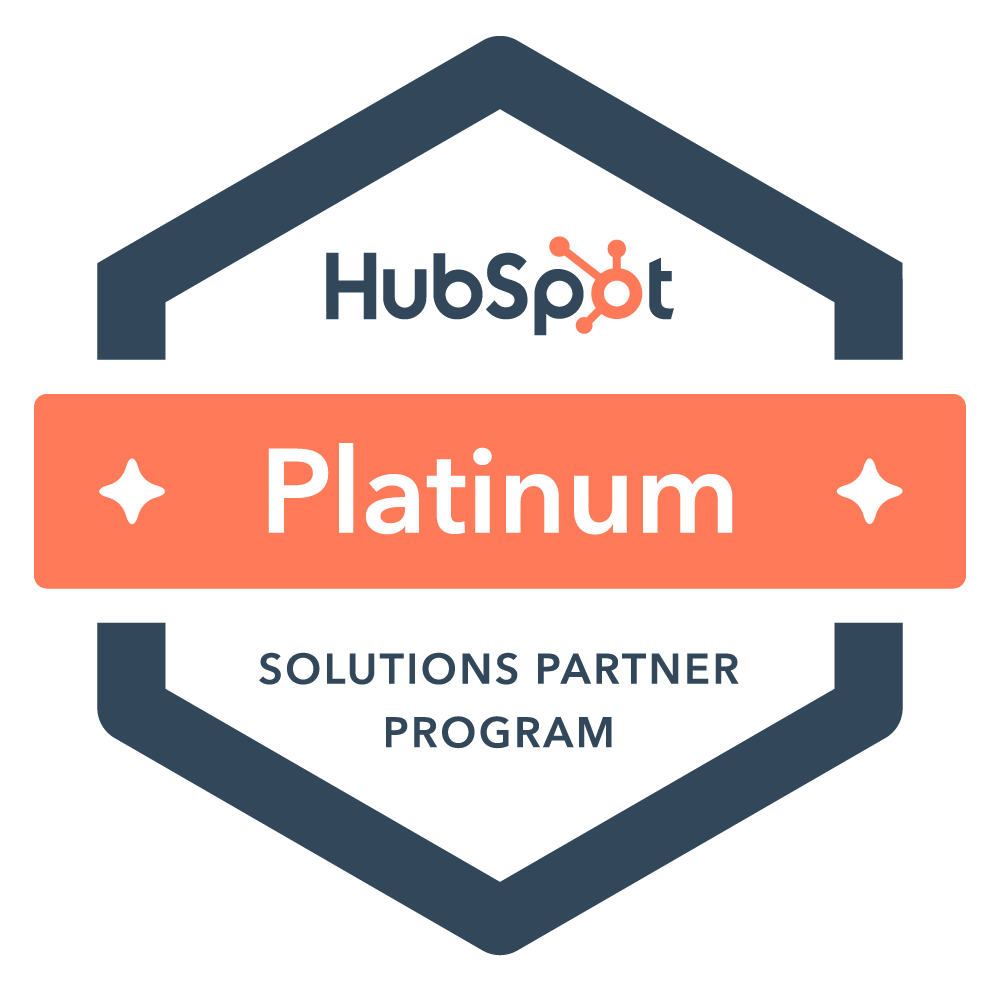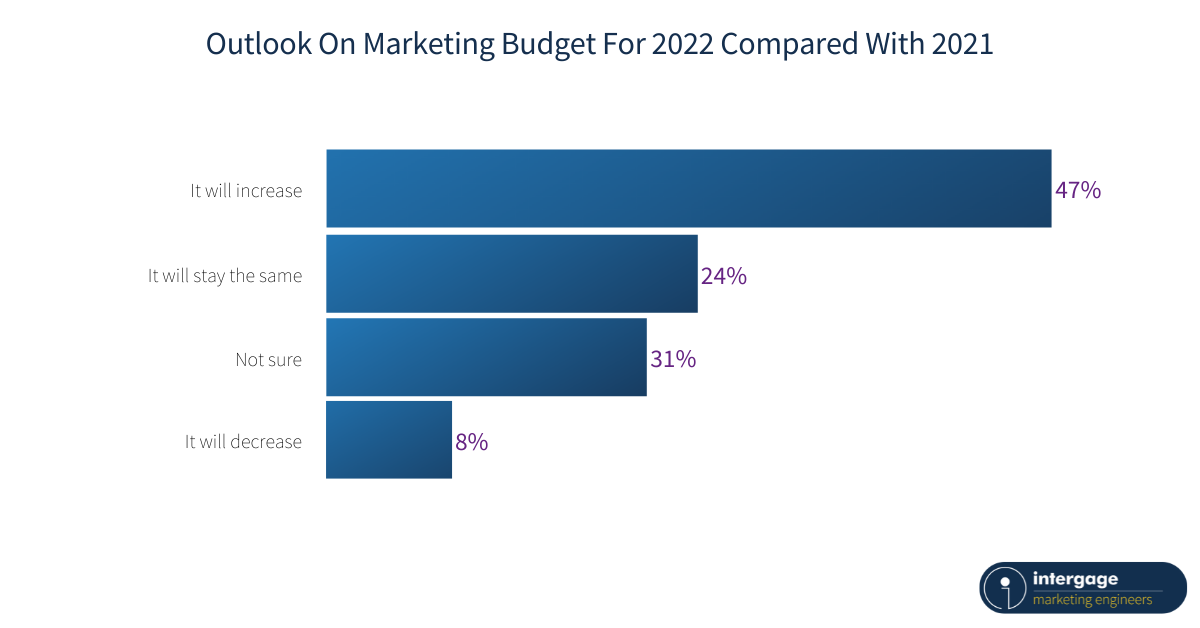HubSpot Vs. Wordpress: Battle Of The CMS
A website is the front door to your business. It’s a credibility check, an online salesperson, a way to connect with your target audience and a crucial part of your marketing tool kit. It’s important, and choosing the right platform to host your website is one of the biggest marketing decisions you’ll make.
HubSpot CMS is now Content Hub, check out this blog post to learn more about its all-new features!
Most websites are hosted on a content management system (CMS) which essentially, is a software that allows users to build and manage a website without having to code it from scratch, or code it at all.
There’s an ever-growing number of content management systems and it’s likely you’ve heard of a fair few of them. WordPress, HubSpot, Shopify and Kentico are all names you’ve probably heard in the past.
The latest statistics reveal that a whopping 39% of all websites are built using WordPress. It’s an incredibly popular platform, but opinions are changing. As the pendelum swings, software comparison giant G2 rates HubSpot’s CMS as the market leading software and with entry level pricing as low as £19 per month, it’s an incredibly attractive choice for manufacturers - whether already on HubSpot, or looking to switch.
In this article, we’ll compare the two most popular content management systems and help you decide which is a goof fit for your business.
An intro to HubSpot
An intro to WordPress
Building website/landing pages
SEO
All-in-one platform
Security
Price
How to move your website across to HubSpot?
The best solution for you
An intro to HubSpot CMS
HubSpot is a cloud-based content management system which places the power back in the hands of the marketer. Marketers are easily able to create and manage an entire site without needing to look at or know a single piece of code. Gone are the days of needing a developer to update content, maintain plugins or restructure menus. Marketers can truly own their website and its content with a software that’s both powerful and easy to use.
Third-party developers are able to support marketers if needed by creating website themes and templates. This means businesses are never tied to a certain developer or agency if things don’t work out.
An intro to WordPress CMS
WordPress is an open-source software that needs to be installed onto webservers using a hosting provider. Websites using WordPress rely on plugins to do a variety of tasks such as monitor SEO, create sitemaps, provide analytics and more. It’s almost impossible to build or maintain a WordPress website without the need of a developer. Again though, because the software is opensource, marketers are not necessarily tied to one developer or agency, as long as they can find another developer that’s willing to support their current website/hosting setup.
Building website/landing pages
Websites are no longer the static, brochure like web pages they once were. They’re moving, living beasts that need to be regularly updated be this on the main website or on hidden landing pages used for specific marketing campaigns.
HubSpot uses a drag-and-drop page builder that allows marketers to create beautiful web pages using pre-made modules. The standard modules within HubSpot are enough for many marketers to build a website including menus, text, buttons, images, forms and CTAs. Additional modules may need to be created by a developer. Pages can then be updated quickly and easily.
.gif?width=600&name=ezgif.com-gif-maker%20(13).gif)
WordPress has a wide range of themes that can be used to build websites. Some of these are free but many you will have to pay for. A similar drag and drop editor can be achieved for HubSpot but this requires further plugins that need to be maintained. Themes and plugins should always be tested before being set live as they have varying levels of security and reliability.
SEO
Without good SEO your site won’t be visible in search engines. If your site isn’t visible in search engines, you may as well have built a shop in the desert – not many people will visit, no matter how beautiful it is!
HubSpot’s CMS comes with SEO tools built into the system. These SEO tools provide you with everything you need to add the essentials for your site to get seen by your audience and of course, by Google. This includes the basic areas to enter meta titles and descriptions with the software alerting you if these are too long or short.
On top of this, HubSpot makes SEO suggestions to better optimise your website pages. These range from suggestions on how to make your site more mobile friendly, alerts for images without alt text and even suggestions on what phrases to include in your meta titles and descriptions.
.gif?width=600&name=ezgif.com-gif-maker%20(12).gif)
An aggregated view of your site’s overall SEO performance is also available. This brings together all the SEO issues and warnings from all of your website pages to once place so they can me monitored and fixed easily.
WordPress doesn’t have native SEO capabilities. However, there are a number of SEO plugins that can be installed to give you everything you need. Yoast SEO is one of the most popular WordPress SEO plugins allowing you to optimise pages for keywords, add meta titles and descriptions, create XML sitemaps and provide a traffic light score for the SEO of each webpage. Yoast SEO is a freemium plugin meaning there are free versions with more limited capability as well as more advance options for a fee.
All-in-one platform
In the B2B world, customer journeys are increasingly complex and anything but linear. There are a multitude of touchpoints between your business and your prospects before they even want to speak to a salesperson. The website is just one of those touch points along with emails, social media, a blog, live chat, eBooks – the list goes on!
The most successful B2B companies are those that join together as many of these touch points as possible to provide a more holistic view of how prospects interact with them.
This is where HubSpot really comes into its own. The CMS software also links with HubSpot’s CRM, marketing, sales, service and operations tech stacks. That means you can build and report on the entire prospect-to-customer experience within a single platform.
Not only that, but you can start to customise your website experience for your users. With the CRM and CMS linked, your website can do everything from serve personalised content based on user contact details (name, company name and location for example) to showing relevant content depending on what they’ve shown an interest in in the past. This means your website could have completely different content from one user to the next!
There are WordPress/CRM plugins available which makes it easier to manage customer interactions (including an integration with HubSpot’s CRM). These can provide additional data on which content your CRM contacts are viewing but it doesn’t provide any options for customising website content depending on the user’s details or interests.
Likewise, there are plugins and integrations available for other popular marketing tools such as Mailchimp but they don’t provide a holistic view of your marketing data and can cause data to be siloed, making it more difficult to use for marketing campaigns.
Security
Website security has always been huge. However, since Google made security a ranking factor back in 2014, it’s become increasingly important. Poor website security can lead to damaging brand credibility at best and leaked customer data and hijacked websites at worst. It’s serious business.
HubSpot websites are guaranteed to have:
- An SSL certificate
- Web application firewall
- Premium hosting with 99.999% uptime
- 24/7 security monitoring and threat detection
- 1:1 technical support.
This means marketers can be safe in the knowledge that their website is in the safe hands of HubSpot’s dedicated team.
Ensuring the security of a WordPress site is a little more difficult and it’s likely that you’ll need some extra help from additional plugins and a developer.
One of the weak spots of WordPress websites is actually the way they’re built using plugins. In order to remain secure you need to ensure the plugins are kept up to date to avoid vulnerabilities that could cause security issues. This often requires a developer as updating a plugin could affect its ability to integrate with another of your plugins.
It’s also really important to use a secure and managed hosting provider to ensure you’re website isn’t going to fall victim to vicious attacks. WordPress recommends Bluehost, DreamHost, and SiteGround however, there are many more available!
Price
The question on every marketers lips – ‘how much will it cost me’? Let’s get straight to the point.
HubSpot and WordPress have very different pricing structures.
HubSpot’s all-on-one CMS platform has three tiers of pricing starting at just £19/month which includes secure website hosting, GDPR tools, website themes, drag and drop editor, live chat and website forms. As is common, pricing increases with additional services and features. This simple pricing means website costs are easy to manage.
WordPress has a number of price packages which start from £0 - £36/month. However, necessary website elements such as hosting, maintenance and plugins all have a cost. These vary depending on which plugins you need and where you choose to host your website. To give you an idea, hosting is available from around $50/month. Plugins vary in price with some being free and others costing upwards of 99$/month. Website security will also cost you anything from $16-$41/month!
You’ll also need to factor in any development work required to install and maintain these plugins!
How to move your website to HubSpot’s CMS
You may be at a stage where you know you want to move your website across to HubSpot, but you aren’t sure which route is best.
At Intergage we’d say there are two great ways for you to move your websites from any CMS to HubSpot. The route you choose will depend on what you’re looking to achieve, how well your current website is performing, your timeline and budget.
1. Website migration
A website migration is the ideal solution if you’re happy with the look and feel of your website and you know it performs well. Perhaps you’re looking to move the site:
- so it’s easier to edit
- to reduce costs
- to minimise the complication multiple plugins brings
- because you want to create a more personalised website experience
- to bring sales and marketing systems together to create a more holistic view of your marketing.
HubSpot’s website migration service will take the content, look and feel of your existing site and replicate this in HubSpot. More complex features such as calculators, animations or quoting tools will likely not be carried over as standard and may need a developer to create. The whole process takes around 2-3 weeks.
We’d also recommend speaking to a HubSpot Solutions Partner who can offer a migration wrap-around service. This usually involves the partner dealing with the HubSpot migrations team for you. They’ll also take care of all the nitty-gritty for you, giving you peace of mind that your website will go live without a hitch and that the relevant redirects, tracking and links are in place.
2. Growth driven design
The growth driven design approach to HubSpot websites is better for those looking to change the look and feel of their website and perhaps, aren’t so sure if the website is performing well or not. Although, you do also get lots of the benefits as a simple migration project too!
This approach focuses on getting a minimum viable product (MVP) website up and running as quickly as possible and reviewing user data to decide how to develop the site going forward.
This doesn’t mean sticking a basic postcard website up though! Your HubSpot website partner will work with you to find a theme on the HubSpot marketplace that you’re happy with. This will be used to create an MVP website in a matter of weeks before setting it live and gathering user data to make further decisions.
This kind of website project leaves nothing to chance or guess work. You’re using real data to make decisions on how to structure and build your website to generate the best results. You can learn more about growth driven design websites and our approach to them here.
The best solution for you
When it comes to choosing the best fit solution for your business between WordPress and HubSpot, really have a think about what you want to achieve with your website, what resources you have and if you’re willing to outsource the management of your site to a third-party.
We’ve included some of the basic elements you’ll need to consider when it comes to choosing between WordPress and HubSpot and hopefully, this guide will help you make that decision easier.
If you’d like to talk your options through with an agency that helps clients with both WordPress and HubSpot, book a free, no obligation call here!





